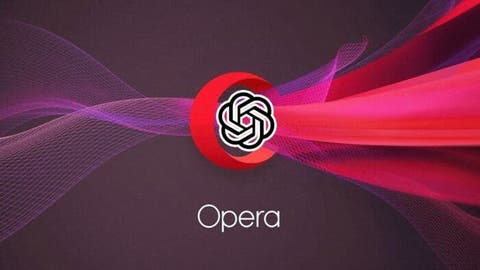Microsoft was one of the first firms to understand the value that ChatGPT could bring to their business. That’s why Bill Gates didn’t hesitate to fork out 10 billion dollars. In effect, the Redmond company got access to every feature of OpenAI’s product and was able to integrate it into several services. The first was Bing search, which received GPT-3.5 support, making the search process much more advanced. Later, Microsoft added the AI-powered chatbot to its Edge browser. At the moment, tons of Microsoft products and services use AI and stand out because of it. But this won’t last long as other firms also integrate AI into their products. OpenAI’s competitors are also working on their own versions of ChatGPT. Google’s Bard is the best example. In this context, Opera has already announced that it will soon integrate ChatGPT into its browser.
Today, the Opera browser has released a new update (version 97.0.4719.26) that brings a generative AI chatbot based on ChatGPT and the integration of ChatSonic. These two are what users need right now. We think that if the former focuses on text, the latter emphasizes images.
What new features does the Opera browser offer?
The Opera browser has put both ChatGPT and ChatSonic on the sidebar to make them accessible.
Users can now generate AI hints by highlighting or typing text on the website. At the same time, users can also ask the AI to help write articles, web page summaries, and social media posts for users or help users with creative ideas through prompts.
As mentioned, ChatGPT processes text, while ChatSonic, powered by GPT-4, allows users to generate images based on text input.
The Opera browser team is also working on new features. Opera said that it is also developing other AI features to “enhance the browsing experience” and plans to add “popular content services generated by AI to the sidebar.”
